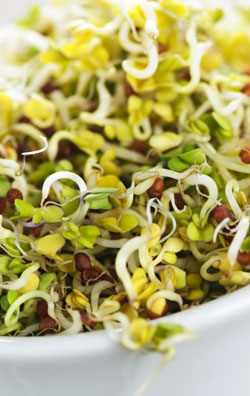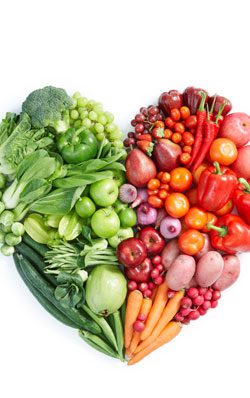
Copper in the blood exists in the form of copper protein complex. It also acts as an agent in preventing anaemia may be due to the ability to assist the absorption of iron and to stimulate or accelerate the synthesis of the non- protein haeme or globin part of haemoglobin present in the blood.
Copper -plays an important role in the metabolism of fatty acids and in the formation of ribonucleic acid (RNA) which does the function of coding, decoding and regulation of the genes. Copper in the body is capable of binding bacterial toxins and increases the activity of antibiotics.
Absorption and metabolism
Typical diets provide about 1 mg of copper per day, that is about 25-40 per cent of which is absorbed. Copper is absorbed from all parts of the gastrointestinal tract, including the stomach and large intestine.
The total copper content of the body is estimated at 75 to 150 mg. 40 percent of which is found in muscles. The liver with 15 percent body copper is the major copper storage site.
Deficiency
Copper deficiency is rare in humans. It occurs mainly in infants resulting in psycho-motor retardation ( involves a slowing-down of thought and a reduction of physical movements in an individual), hypo-pigmentation, anaemia, osteoporosis etc.
Toxicity
Copper poisoning occurs from contamination of food with copper from containers or ingestion of higher quantities of copper salt. Symptoms of acute copper poisoning include excessive salivation, gastric pain, nausea, vomiting and diarrhoea. Consumption of milk based formula foods or weaning foods stored in brass containers may prove harmful.
Chronic copper toxicity is relatively rare, but occurs in the hereditary conditions called Wilson's disease. In this disease a failure to excrete copper in the bile leads to accumulation of copper in the liver, brain, kidneys and cornea of the eyes, where it causes brown or green rings to appear.
Recommended dietary allowances
The desirable intake suggested by ICMR(Indian Council Of Medical Research) of copper for an adult man is 2.2 mg/day. Indian adults consuming rice and wheat based diets have been shown to ingest 4-6 mg of copper per day, which meets the requirement.
Sources
Some of the richest sources of copper are seafoods like oysters, crabs and lobster, meat sources followed by nuts and dried legumes like almonds, sesame, sunflower and soya bean contain12-37 microgram/gm. Fruits and vegetables have only low content of copper about 0.3 microgram/gm. In seeds, and other grains, most of the bran and germ. Refining of flour removes most of the copper.





